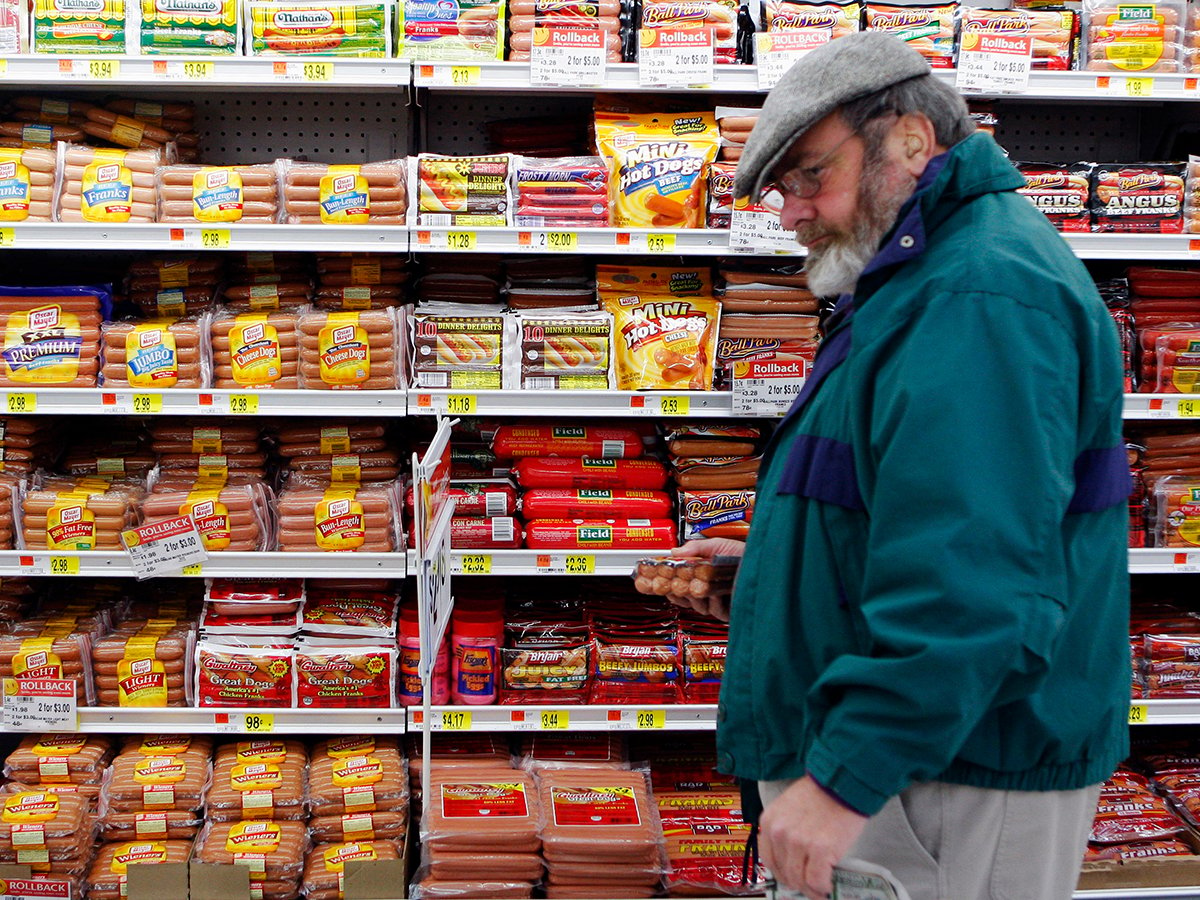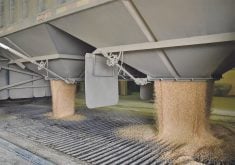Farm Credit Canada’s Farmland Values Report for 2023 had some surprises as well as some head scratchers.
Saskatchewan’s farm income levels have been very strong, but it was still a bit surprising to see the province lead the rest of the nation with a 15.7 percent increase in cultivated farmland values, ahead of Manitoba at 11.1 percent and well ahead of Alberta at 6.5 percent.
Read Also

Food exporters urged to ease reliance on U.S.
Farm Credit Canada says there is a $12 billion opportunity in diversifying food and beverage exports to markets other than the United States.
Manitoba had a good crop in 2023 while parts of Alberta and Saskatchewan suffered with drought. Of course, farmland sales in the first half of 2023 would have been made without knowledge of the impending drought.
A great deal of variability was recorded within the various regions of Saskatchewan. The smallest price increase was in the west-central region at 8.2 percent, which makes sense based on much of that region being dry. However, the drought arguably hit the southwestern region even harder and there the farmland price increase was 14 percent.
The biggest Saskatchewan increases were in the northeast at 20.7 percent and the east-central region at 20.8 percent. These areas have had good crops and with the overall drier trend of recent years, they haven’t struggled with too much moisture. With an average price of $3,600 an acre, the northeastern region now leads all other areas of the province by a healthy margin.
In Alberta, prices vary dramatically depending upon distance to the Highway 2 corridor between Edmonton, Calgary and Lethbridge. For instance, the central region, which crosses the province from east to west with Calgary at the southern edge, had farmland sales ranging from $2,300 to $10,100 an acre, with the FCC report pegging the average at $5,900, a 6.7 percent increase.
In Manitoba, it was somewhat surprising to see the largest dryland price growth in the Interlake at 19 percent. The price average was pegged at $4,200 an acre.
Some have come to believe that price declines for farmland only happened in ancient history and won’t be repeated. However, the FCC report shows farmland prices dropped by 3.1 percent in British Columbia with the decrease mirroring the trend in the general real estate market in 2023.
Many factors are at play in B.C. that aren’t applicable to grain and beef production on the Prairies. The market in the South Coast, around the Fraser Valley and the north recorded a surprising drop of 19.3 percent. While that isn’t a grain and beef region, it’s interesting to note that the province’s Peace-northern region, which is dominated by grain and beef, experienced a decline of 3.2 percent.
Farmland prices increased across the provincial boundary into Alberta’s Peace region but by only 2.9 percent compared to the year previous.
Irrigated land in both Alberta and Manitoba showed strong increases of 11.7 and 18.1 percent, respectively, while irrigated land in Saskatchewan went up only 3.2 percent. This seems to be related to more dryland being converted to irrigation in Saskatchewan.
Across the country, FCC estimated the overall increase in farmland values at 11.5 percent compared to 12.8 percent in 2022, leading some headline writers to proclaim that farmland values are now increasing more slowly. However, the increases in each of the past two years are the largest since 2014.
The numbers for 2024 could be a different story, but with a few exceptions, farmland values have certainly been hot until now.
Kevin Hursh is an agricultural journalist, consultant and farmer. He can be reached by e-mail at kevin@hursh.ca.
















